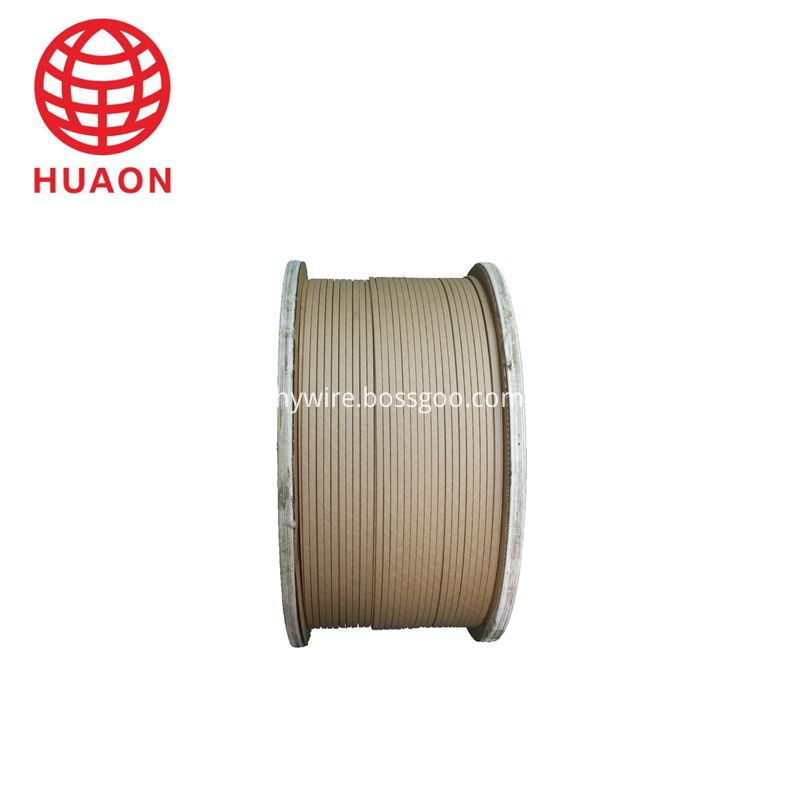Yes, you can. To do this, simply connect your Dante-compliant device to an Ethernet switch using a Cat5e or Cat6 cable, and then connect your computer to the same switch.
If you only have one Dante-enabled device (excluding physical devices) connected directly to your computer, you can bypass the switch and use a single Cat5e or Cat6 Ethernet cable for the connection.
Physical equipment from Symetrix, such as all Prism products, Xin4, Xout4, and Xio4x4, as well as the EDGE, Radius, Xin12, and Xout12 models, can be connected directly.
02 What type of network cable does Dante recommend? Can fiber optics be used?
Dante recommends Cat5e or Cat6 cables since most Dante devices support Gigabit Ethernet. For networks operating at 100Mbps, Cat5 is acceptable.
Fiber optic cables are also supported. As Dante uses standard networking technology, it can transmit data over fiber optic cables through a switch that supports fiber connections.
03 Can Dante devices be daisy chained (hand in hand)?
In most cases, yes. Dante devices are typically connected through a network switch, forming a "star" topology where all devices connect to a central point. This setup helps reduce the number of "hops" data must take and minimizes the risk of a single failure disrupting the whole network.
Note: Some Dante devices have a secondary port that is only for redundancy, not for daisy chaining. However, the secondary ports on Symetrix’s EDGE, Radius, Xin12, and Xout12 models can be used for daisy chaining, but no more than 10 devices should be connected in this way.
04 Can I mix control and audio on the same network?
Yes, you can. Dante allows both audio and control signals to travel over the same network. Even unrelated data traffic can coexist without affecting performance.
05 What are the minimum requirements for switches in Dante networks?
All Ethernet switches work with Dante, but some features can improve reliability and scalability. While Gigabit switches are recommended, 100Mbps switches may be used in limited situations.
For systems with 32 or more audio channels, a Gigabit switch is essential. QoS is required when using Dante in a network with 100Mbps devices. It is also recommended for mixed traffic on Gigabit switches. A 100Mbps switch without QoS is not advised.
06 What features are important when purchasing a switch?
Dante relies on standard VoIP QoS capabilities to prioritize clock synchronization and audio traffic. Many affordable and enterprise-grade switches offer these features. A good switch for Dante should have:
✓ Gigabit ports for inter-switch connections
✓ Quality of Service (QoS) with at least 4 queues
✓ Diffserv (DSCP) QoS with strict priority
✓ Managed switch for detailed monitoring of link status, port speed, errors, and bandwidth usage
07 Can I use EEE (Energy Efficient Ethernet or “Green Ethernetâ€) switches in my Dante network?
No, we strongly advise against it. EEE is designed to save power during low traffic, but it can cause synchronization issues and occasional data loss in real-time audio applications like Dante.
If you're using a managed switch, make sure EEE is disabled on all ports used for Dante traffic. With unmanaged switches, avoid EEE-capable models altogether, as they cannot be configured to disable EEE.
08 What is Quality of Service (QoS)?
QoS is a feature in managed switches that prioritizes certain types of network traffic, such as clock sync and audio packets. It assigns a priority value to each packet, ensuring high-priority data is processed first.
09 When do I need to use QoS in a Dante network?
QoS is required if your network includes 100Mbps devices. It is optional for Gigabit networks, but we recommend enabling it for consistent and reliable performance.
10 How does Dante use the DSCP/Diffserv priority value when configuring QoS?
Dante uses DSCP/Diffserv values to assign priority to packets. While Dante sets default priorities, some switches require specific configurations to recognize and handle these values properly.
The table below shows how Dante uses different DSCP values to prioritize packets:

Paper Covered Flat Aluminium Wire
| About Paper Covered Flat Aluminium Wire |
Paper wrapped winding wire is made up of bare from oxygen free Copper Rod or electrical aluminum rod by drawing or extruding processing and wrapped by insulation materials.paper covered single wire , with insulation wrapping in the outside layer
As per Conductor Material:Copper , aluminum
As per Inner Conductor: Paper wrapped bare
Insulation thickness:Double paper covered (DPC) orTriple Paper Covered (TPC) ,According to Customer`s requirements
Packaging DetailsInner packing : Wooden bobbin
Outer packing : Wooden pallet and stretch film
Or according to our custormers' requirements

Production Scope
Conductor of Paper wrapped wire
Bare Wire Round Wire:Φ1.00 mm-Φ5.00 mm
Rectangular Wire thickness a:1.00 mm-5.60 mm
Width b:2.00 mm-16.00 mm
Conductor of Composite wires
Max wrapping layers once: 24 layers for Paper Covered Wire
4 layers per wire and 16 layers outside for composite wires
We could offer products of special requirements on conductor size, insulation layer thickness, or wire number of the composite.
Electrical Wire,Paper Covered Flat Aluminium Wire,Covered Magnet Aluminum Wire,Covered Magnet Aluminum Winding
HENAN HUAYANG ELECTRICAL TECHNOLOGY GROUP CO.,LTD , https://www.huaonwire.com